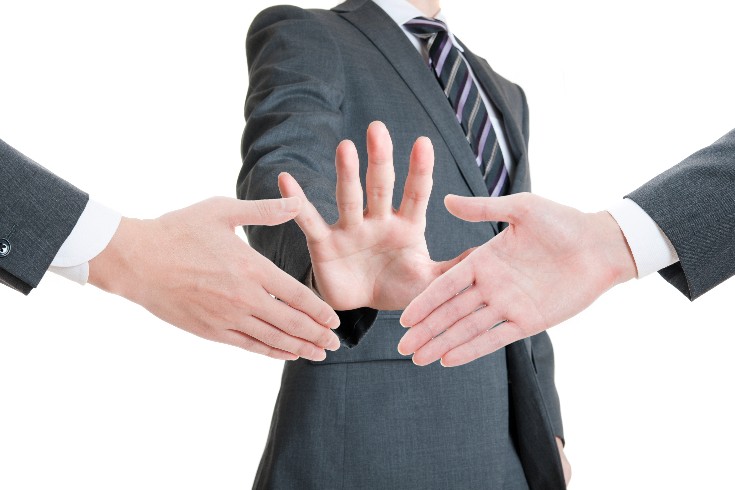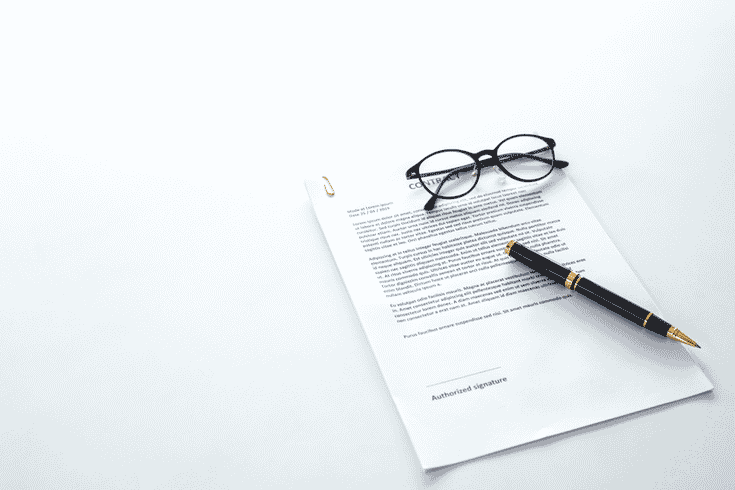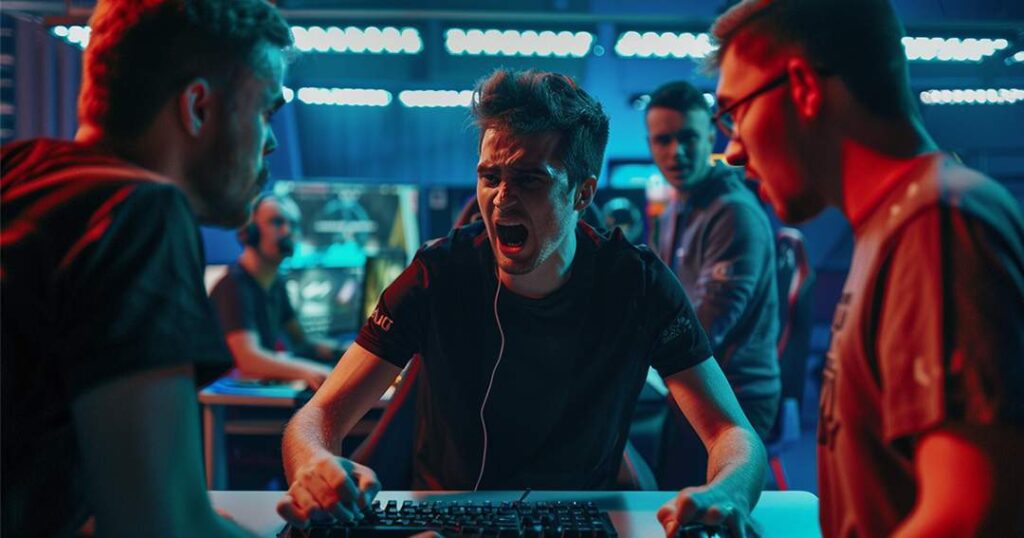'What Happens When You Upload Videos Filmed in No-Filming Areas or Voyeur Videos to YouTube?'

On YouTube, a variety of videos from different genres are uploaded daily. However, there are instances where videos filmed in prohibited areas or videos that have been secretly recorded are uploaded. Videos filmed in such a manner can attract viewer interest and in some cases, significantly increase the number of views.
However, filming in prohibited areas or secretly recording without the other party’s consent is not considered appropriate filming. Uploading videos filmed in such inappropriate ways to YouTube can lead to numerous legal issues.
In this article, we will discuss the problems associated with uploading videos filmed in prohibited areas or videos that have been secretly recorded to YouTube.
About Videos Filmed in No-Photography Zones

We will explain the legal issues that arise from filming videos in places where photography is prohibited.
Generally, there may be a violation of the Japanese Penal Code’s crimes of trespassing or unlawful occupancy, and there may also be a violation of the Japanese Minor Offenses Act. Let’s explain each of these in detail.
Legal Issues Arising from Filming in Prohibited Areas
Unlawful Entry (Article 130 of the Japanese Penal Code)
One type of location where filming is prohibited is a place where entry for the purpose of filming is outright forbidden. Entering such places can potentially lead to legal issues under Article 130 of the Japanese Penal Code, as outlined below.
(Unlawful Entry)
Article 130: A person who enters the dwelling of another, or any building or ship guarded by another, without justifiable grounds… shall be punished by imprisonment with work for not more than 3 years or a fine of not more than 100,000 yen.
Considering the above provision, if you enter a prohibited area to film a video for posting on YouTube, you may be committing the crime of unlawful entry.
Violation of the Minor Offenses Act
Furthermore, entering a prohibited area can also potentially lead to legal issues under Article 1, Item 32 of the Japanese Minor Offenses Act, as outlined below.
Article 1: A person who falls under any of the following items shall be punished by detention or a petty fine.
Item 32: A person who enters a place where entry is prohibited or another person’s field without justifiable grounds.
Considering the above provision, if you enter a prohibited area to film a video for posting on YouTube, you may also be violating the Minor Offenses Act.
Refusal to Leave (Article 130 of the Japanese Penal Code)
Even if there was no issue at the time of entry, it is possible that you may be asked to leave by the manager of the place or for other reasons, such as if it is discovered that you intended to film a video. If you continue to film without complying with the request to leave, you may face legal issues under Article 130 of the Japanese Penal Code, as outlined below.
(Unlawful Entry)
Article 130: …A person who does not leave these places despite receiving a request to do so shall be punished by imprisonment with work for not more than 3 years or a fine of not more than 100,000 yen.
Considering the above provision, if you continue to film without complying with a request to leave a specific place, you may be committing the crime of refusal to leave.
Issues with Uploading Videos Filmed in No-Filming Areas to YouTube
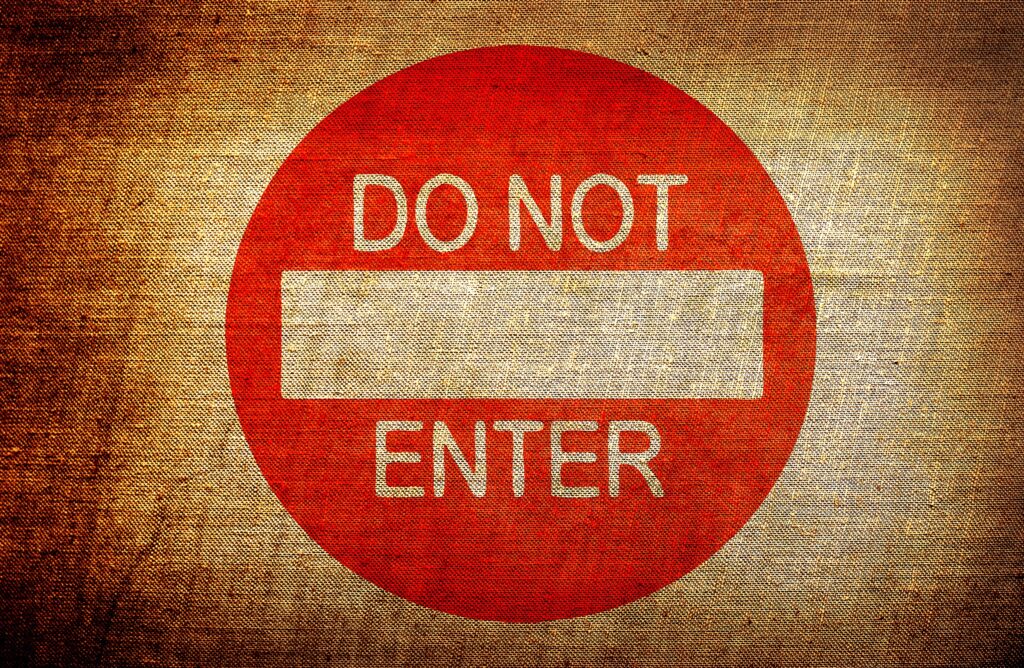
So, is it legally problematic to commit these crimes and upload the filmed videos to YouTube? Regarding this, even if the video was filmed by committing the crimes mentioned above, if there is nothing illegal about the video itself, it is generally considered that there would be no legal issues. This might be a bit confusing, but
- Uploading and publishing a video that was filmed by committing some illegal act (for example, an act that falls under the crime of non-exit mentioned above)
- Uploading and publishing a video that is illegal to upload and publish
are logically different.
The latter example includes videos that contain content that infringes on others’ privacy rights or portrait rights. In the case of such videos, it is necessary to be careful as they may be judged illegal for that reason.
https://monolith.law/reputation/infringement-portrait-rights-and-privacy-rights-on-youtube[ja]
Also, even if there are no legally illegal points, depending on the content of the video, it may be judged as a video that violates YouTube’s community guidelines.
However, while YouTube’s community guidelines prohibit content such as sexual content and content that poses a risk of serious physical injury, it is believed that there is no provision that generally prohibits videos that involve some legal violation in the filming process.
About Videos Taken Without Consent
Firstly, the term “peeping” or “surreptitious filming” is used in various contexts, but for the purpose of this explanation, it refers to the act of filming a person’s appearance, location, or object without obtaining the consent of the person being filmed or the manager of the object being filmed.
Legal Issues Arising from Peeping
The potential legal issues that may arise from peeping include the following:
- Crimes such as trespassing, refusal to leave, and violations of the Minor Offenses Act
- Violations of nuisance prevention ordinances enacted in each prefecture
Firstly, in the case of peeping, it is possible to film in places where entry is prohibited, just as it is possible to film videos in places where filming is prohibited. Therefore, even in the case of peeping, crimes such as trespassing, refusal to leave, or violations of the Minor Offenses Act may be an issue.
Next, violations of nuisance prevention ordinances enacted in each prefecture may be an issue. For example, the Tokyo Metropolitan Nuisance Prevention Ordinance, “Ordinance on the Prevention of Violent Misconduct that Causes Significant Nuisance to the Public” (hereinafter referred to as the “Tokyo Metropolitan Nuisance Prevention Ordinance”), has the following provisions:
(Prohibition of Violent Acts (Gang Activities, etc.))
Article 5 No person shall, without justifiable reason, commit any of the following acts that cause significant shame to others or make others feel uneasy:
(2) Using a camera or other device to photograph, or pointing or installing a camera or other device for the purpose of photographing, the underwear or body normally hidden by a person’s clothing in any of the following places or vehicles:
(i) Residences, toilets, baths, changing rooms, and other places where people are normally without all or part of their clothing
(ii) Public places, public vehicles, schools, offices, taxis, and other places or vehicles used by unspecified or numerous persons (excluding those falling under (i)).
Those who violate the provisions of Article 5, Paragraph 1, Item 2 of the Tokyo Metropolitan Nuisance Prevention Ordinance may be sentenced to imprisonment for up to one year or a fine of up to one million yen (Article 8, Paragraph 2, Item 1 of the Tokyo Metropolitan Nuisance Prevention Ordinance).
Problems with Uploading Peeping Videos to YouTube
As for videos taken without consent, it is considered that even if there were illegal points in the filming itself, the posting of the video itself does not immediately become illegal. However, as explained below, if the video contains content that infringes on the privacy rights or portrait rights of others, it may be deemed illegal for that reason, so caution is necessary. Even if there are no legal issues with the content of the video, depending on the content of the video, it may be judged to violate YouTube’s community guidelines.
About Filming People’s Appearance Without Consent
Firstly, for videos where a person’s appearance has been filmed without consent, there is a possibility that infringement of portrait rights and privacy rights may be an issue. Therefore, if you film a person’s appearance without consent and upload that video to YouTube, you may be subject to claims for damages from the person filmed for infringing on their portrait rights and privacy rights. For example, if you film people who are causing a nuisance or driving aggressively in a way that their faces can be identified, and upload that video to YouTube, you may infringe on the portrait rights of the person filmed.
About Filming Locations Without Consent
As for filming locations without consent, the same legal issues as filming videos in places where filming is prohibited may arise. Also, if the video taken without consent includes, for example, a painting, copyright infringement may also be an issue. Please refer to the following article for more details.
https://monolith.law/reputation/photographing-others-property[ja]
About Filming Objects Without Consent
For objects, unlike people, it is considered that there will be no issues with portrait rights, but there may be issues with copyright infringement.
About the Video Filming the Infiltration into a Rip-off Bar
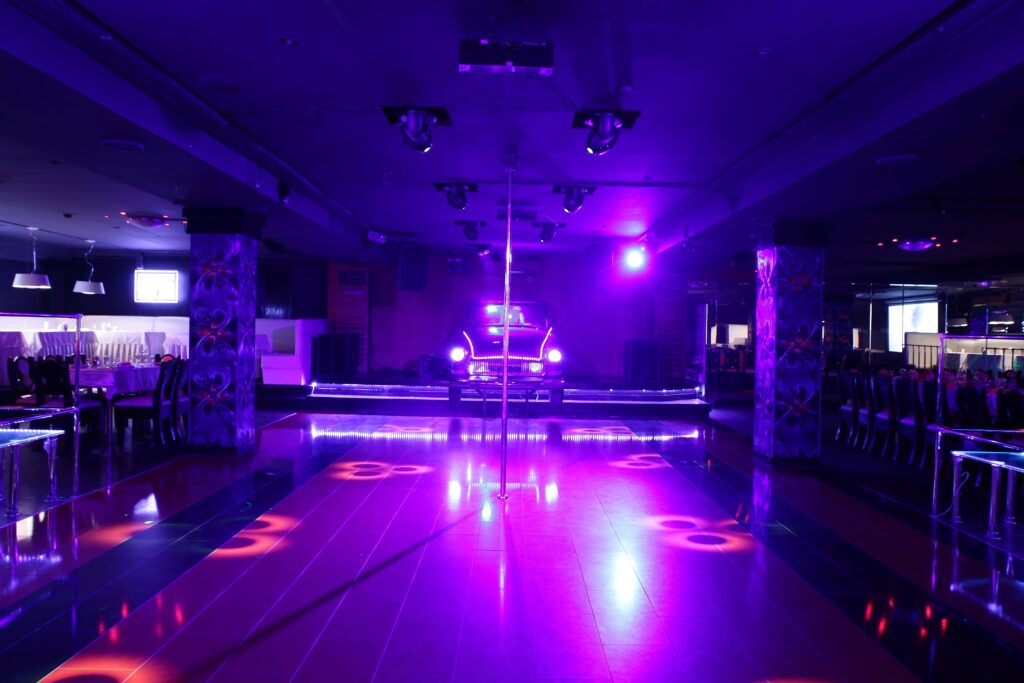
There is a growing issue with the so-called “rip-off” practice, where touts and others approach pedestrians, lead them to specific establishments, and charge them exorbitantly. There have been cases where YouTubers infiltrate these rip-off bars, film the situation, and upload it to YouTube. The act of filming in such rip-off bars is not immediately illegal, provided there are no circumstances such as unauthorized entry into the establishment. However, filming the appearance of touts or staff, including their faces, and uploading the video to YouTube could potentially infringe on the rights of the person filmed, such as their right to likeness.
Summary
We have explained the legal issues that arise from uploading videos taken in places where filming is prohibited or videos that have been secretly filmed to YouTube.
When uploading videos to YouTube, it is necessary to be careful not to violate the law. The judgment of whether it is illegal or not requires professional judgment, so if you have any concerns about the legality of the video, please consult a lawyer.
If you want to know the content of this article in video format, please watch the video on our firm’s YouTube channel.





